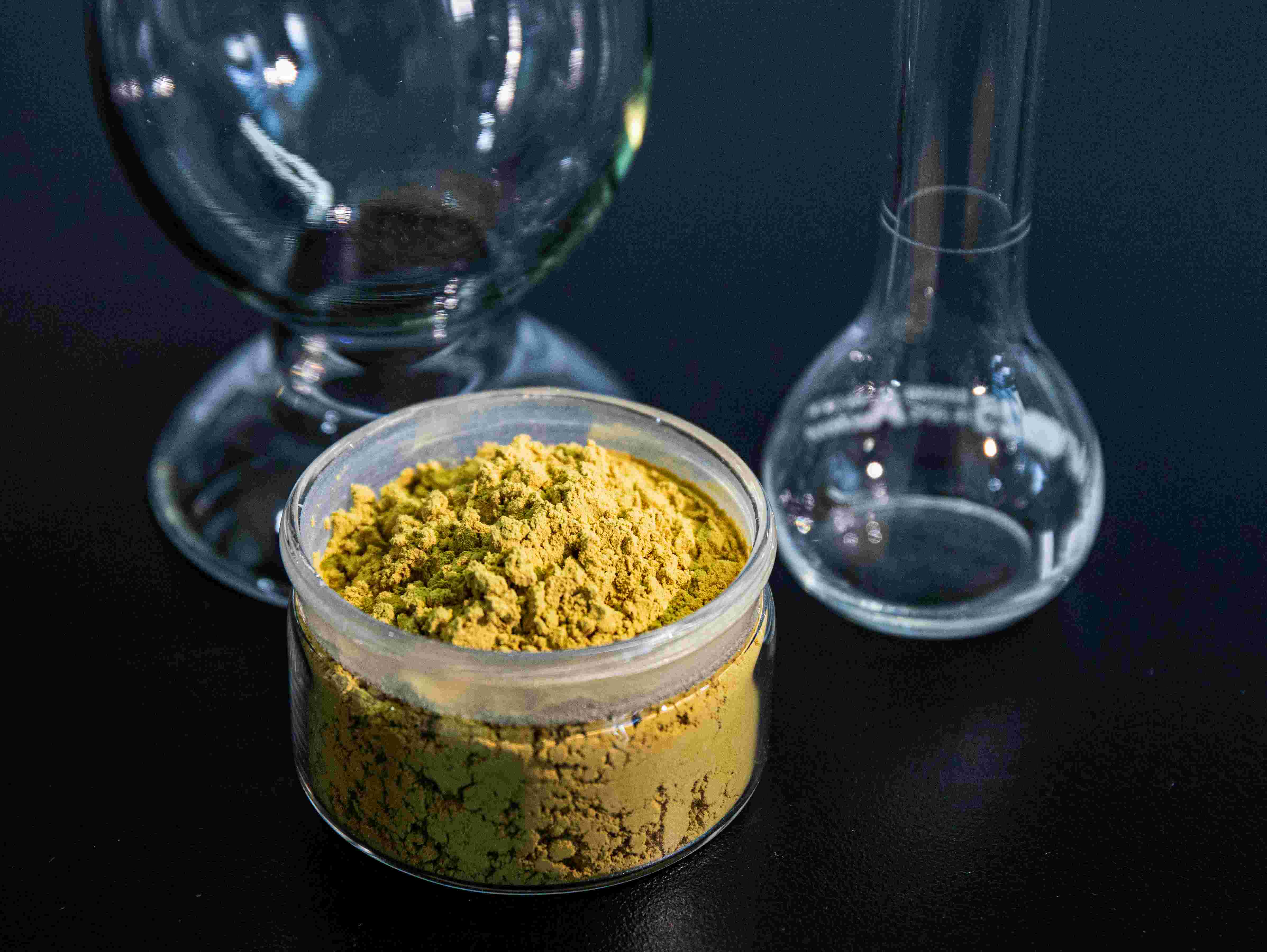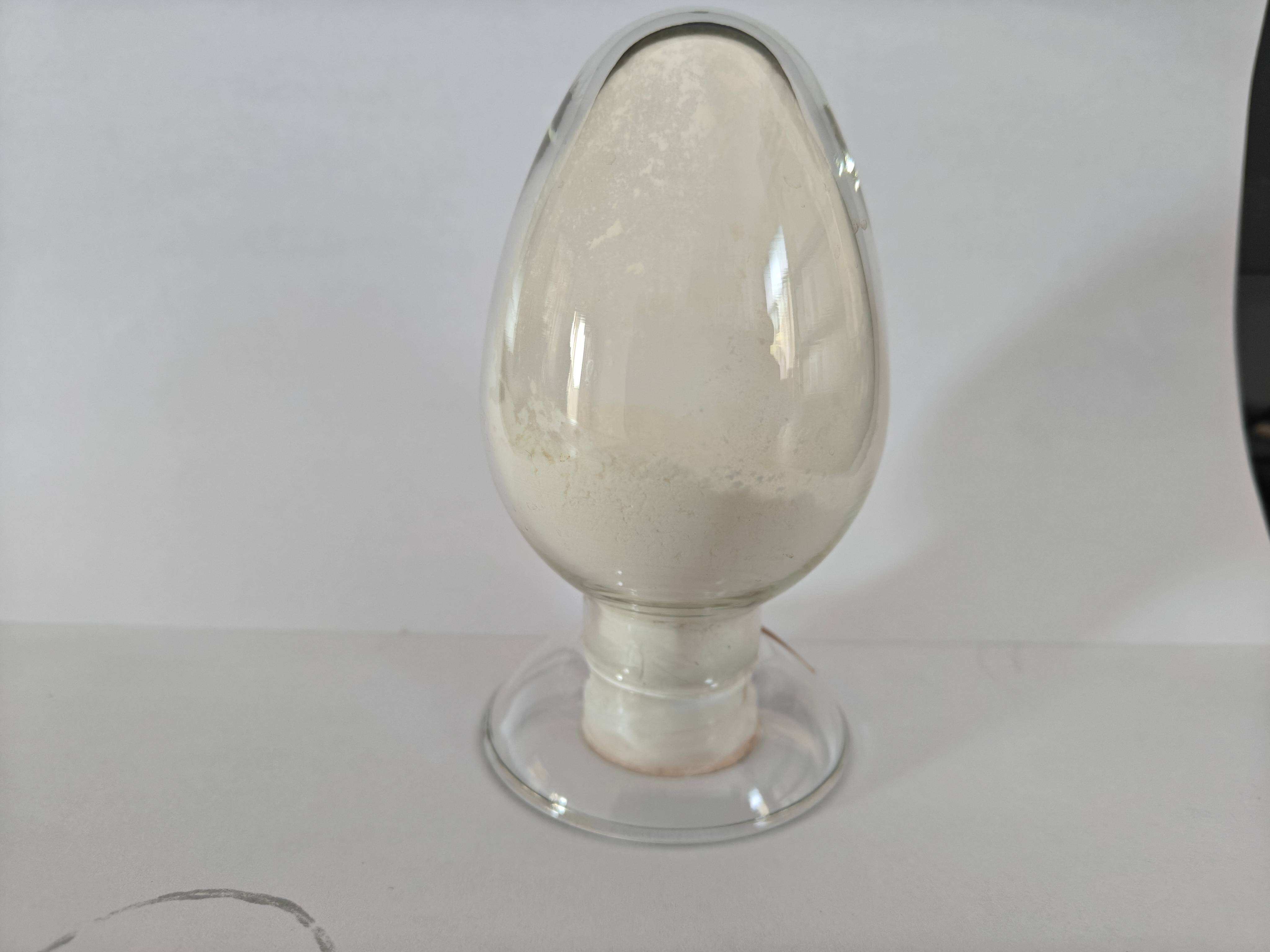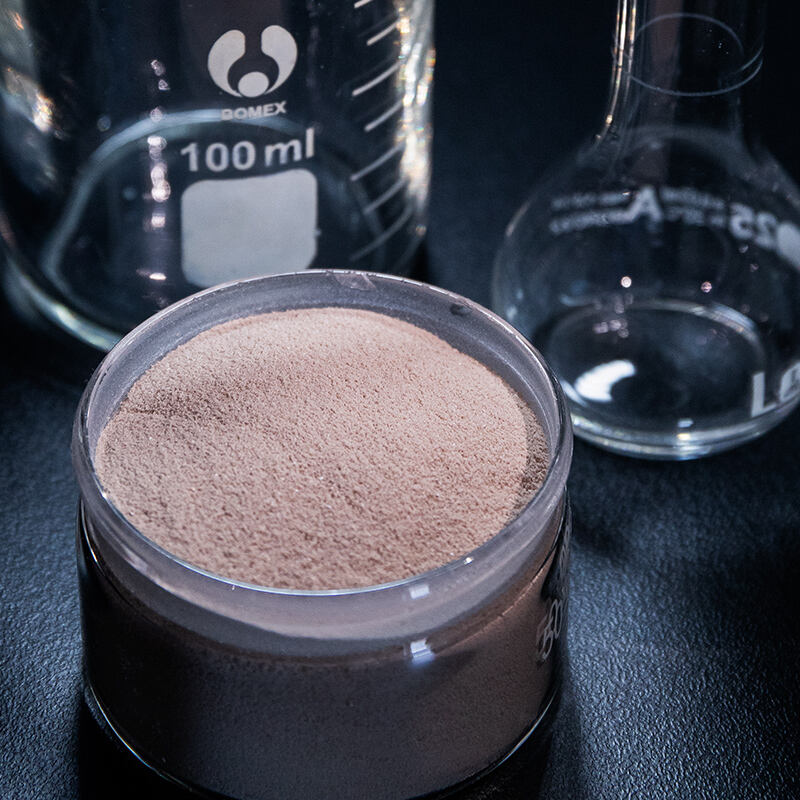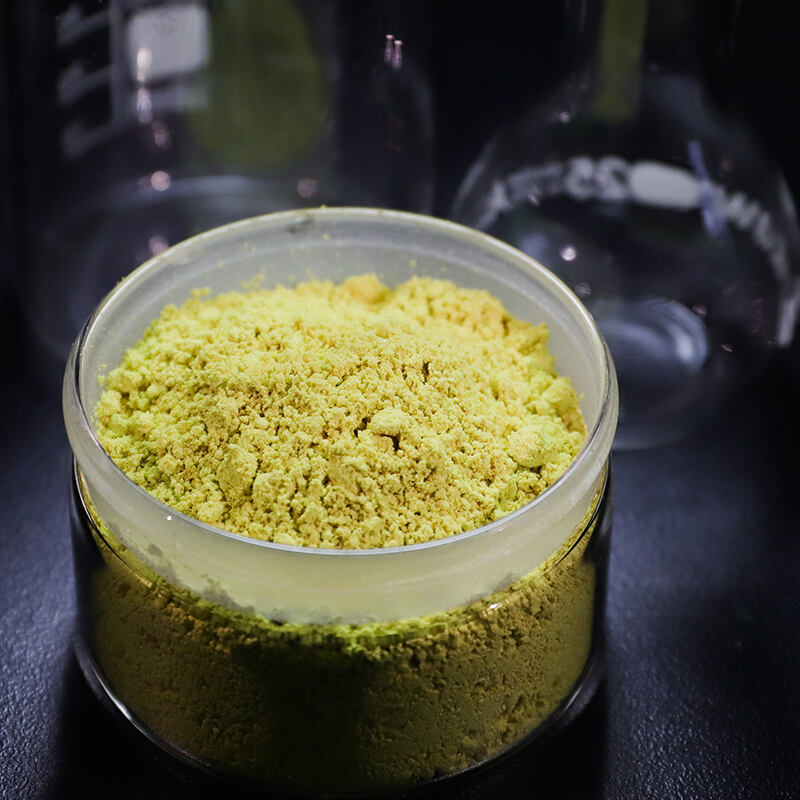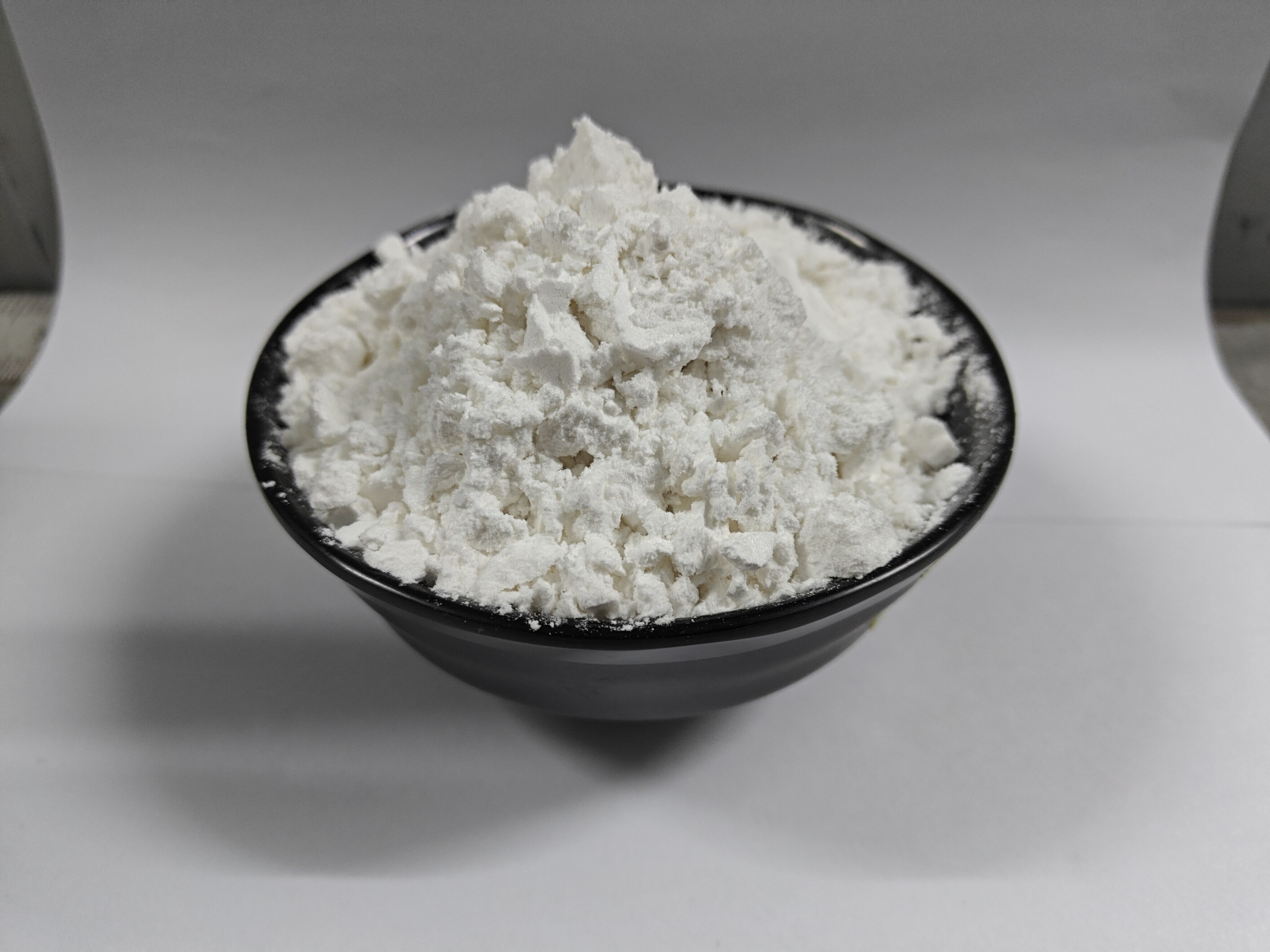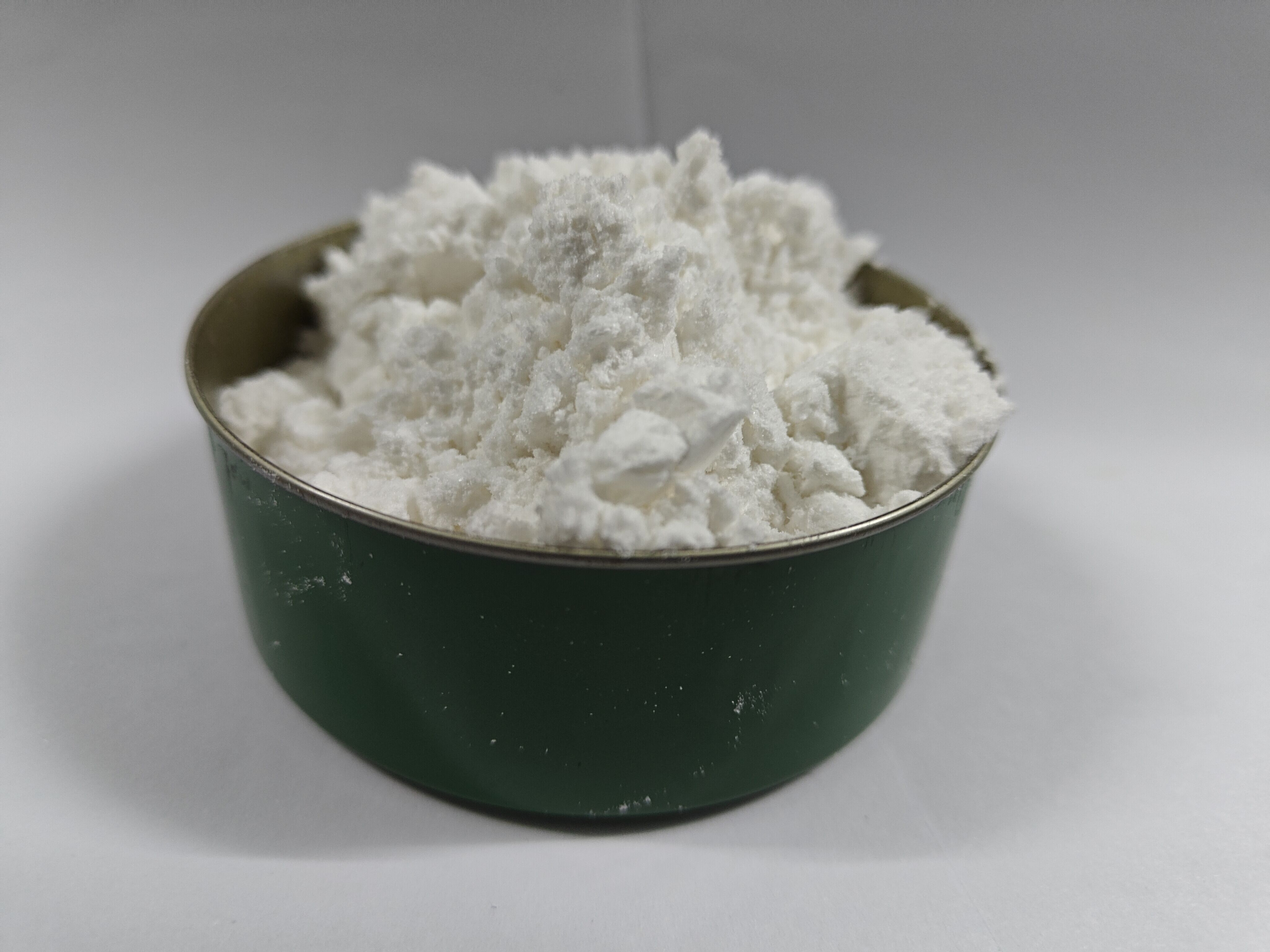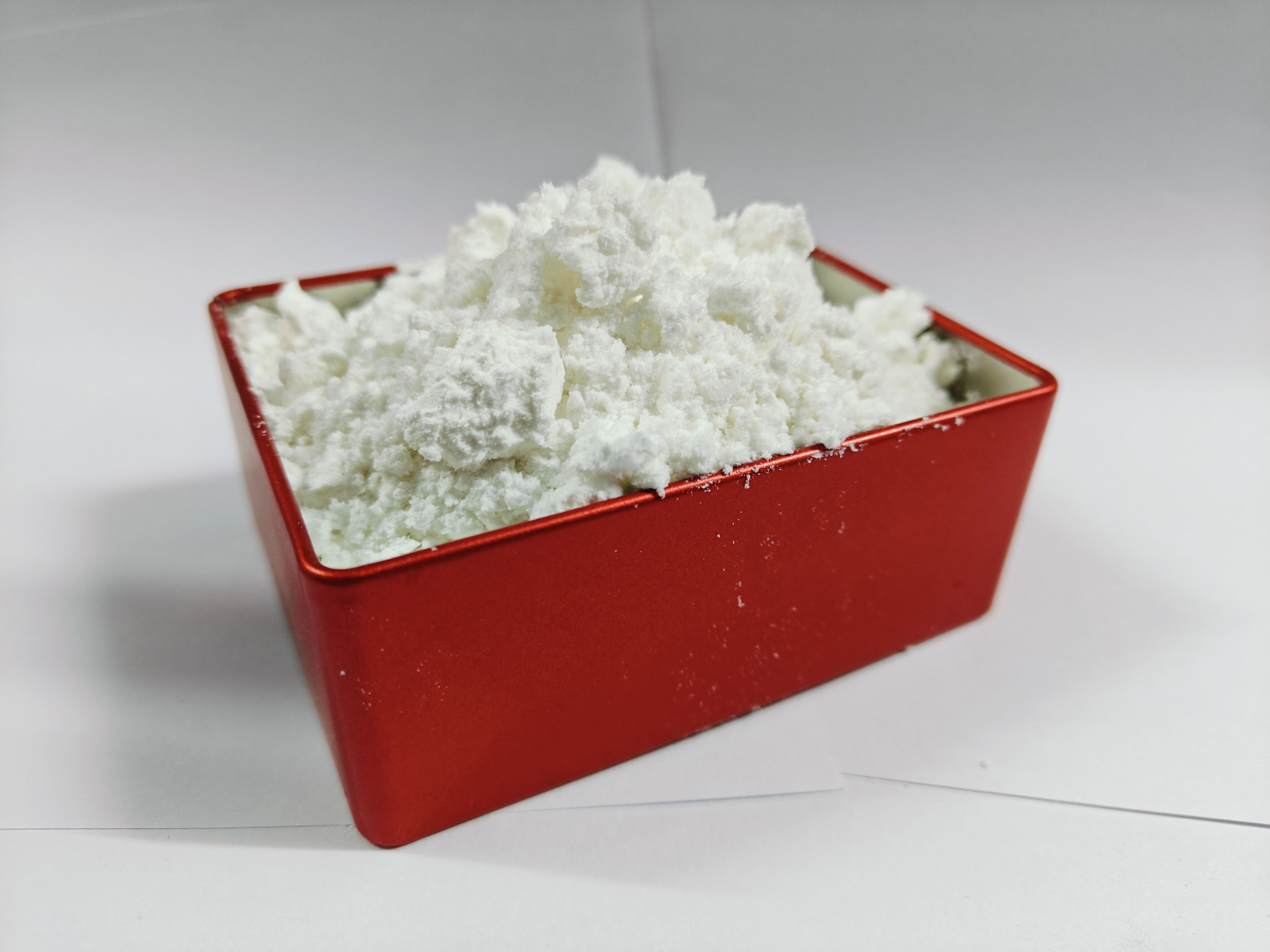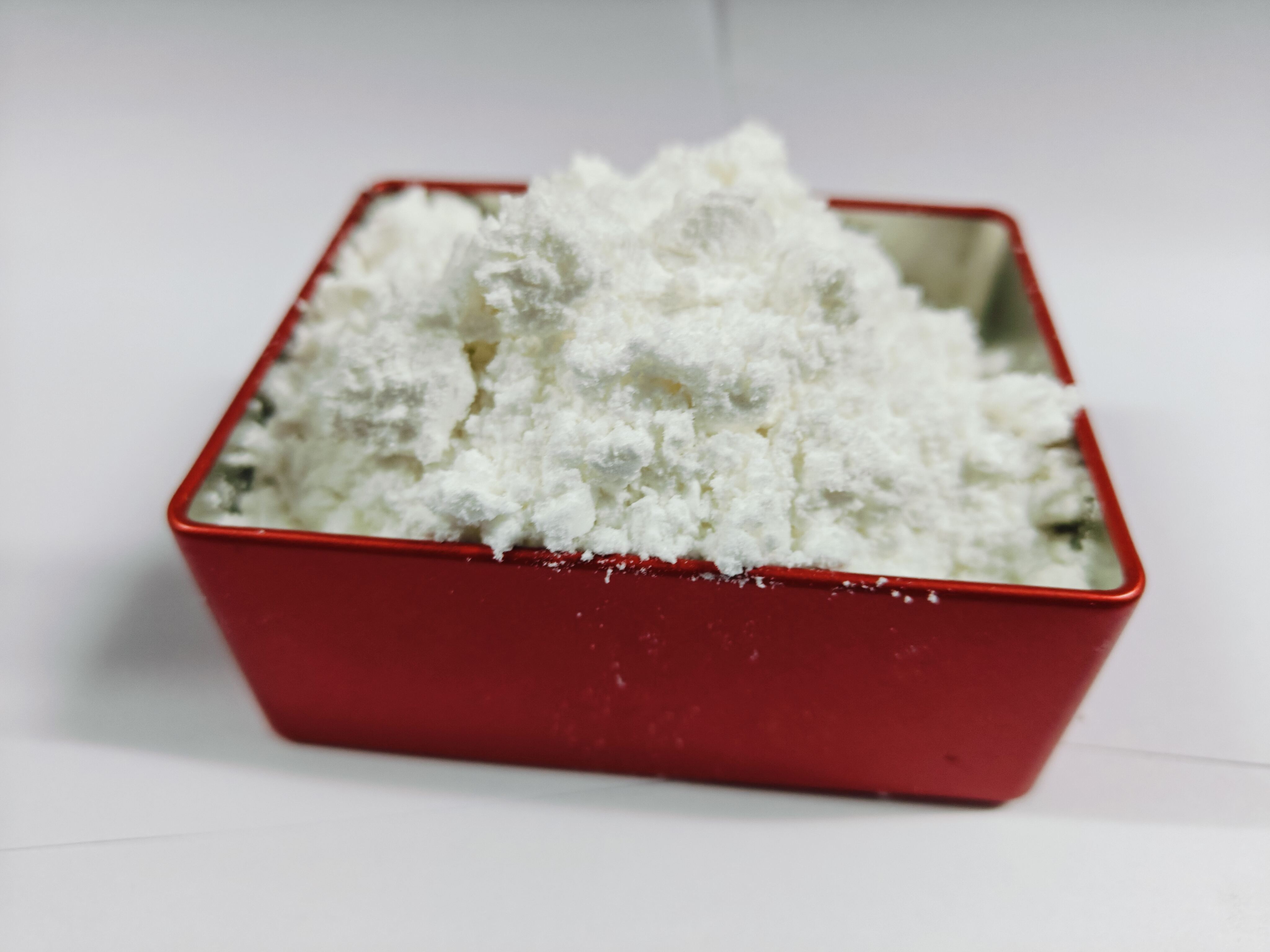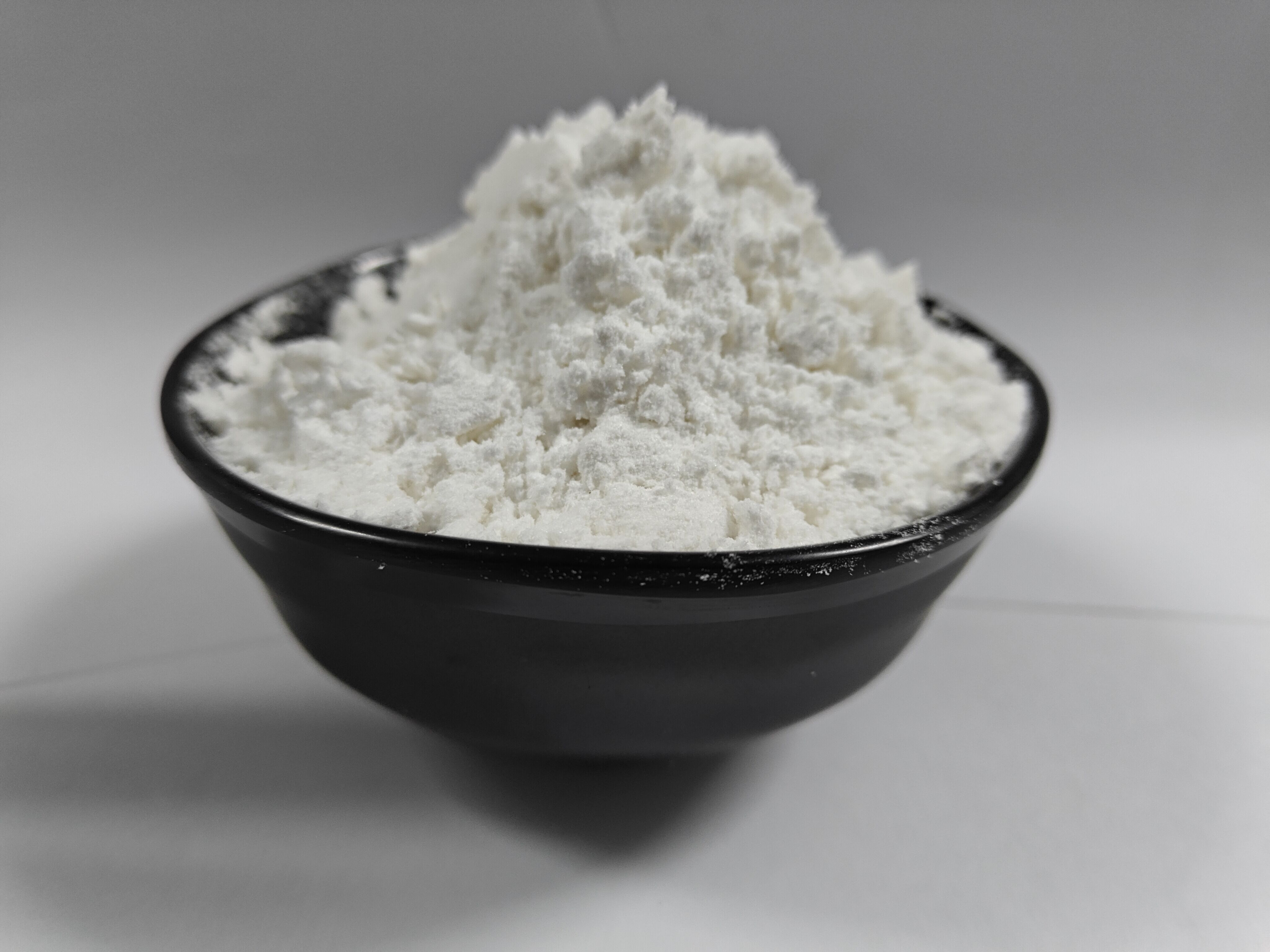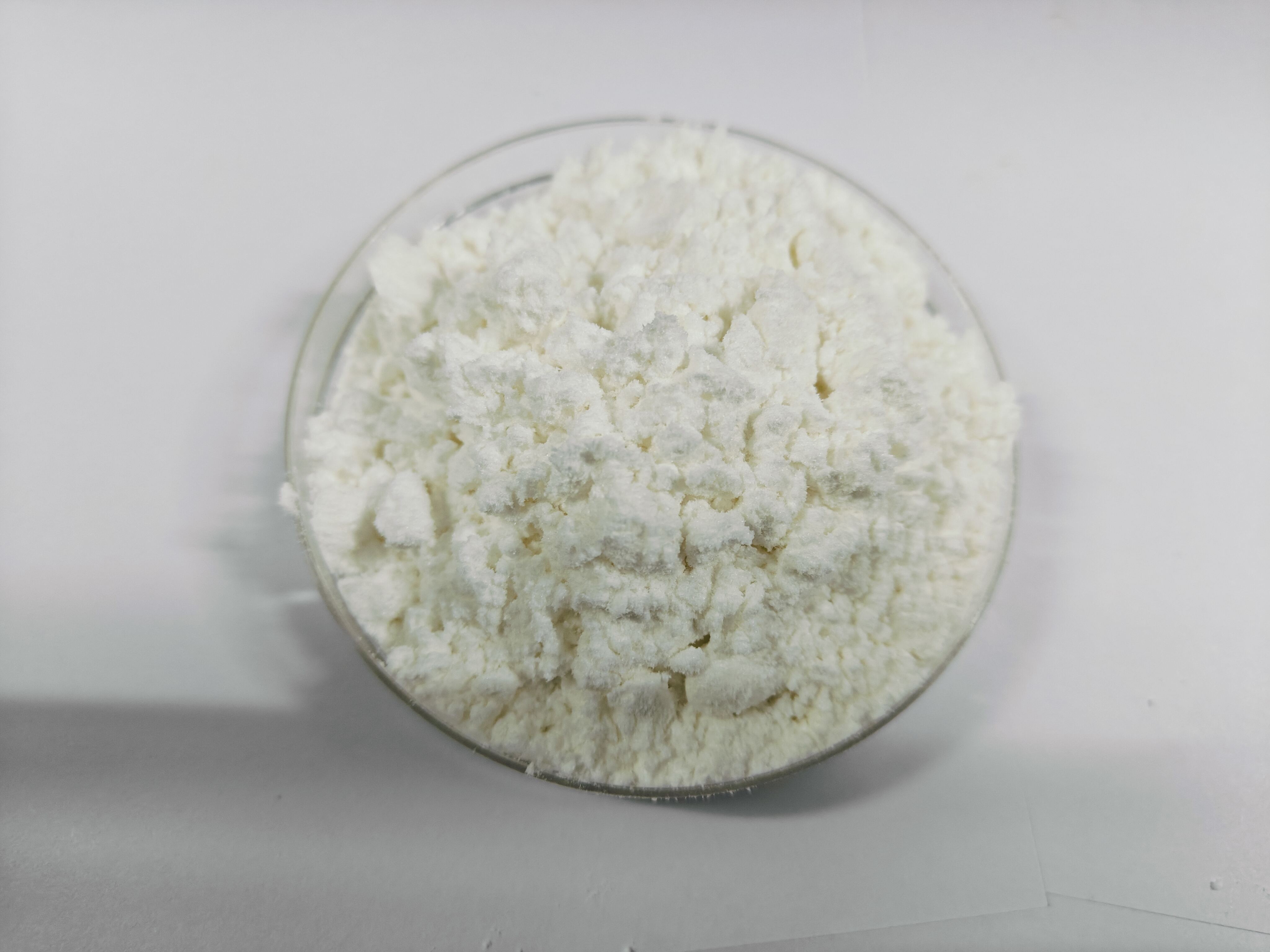koop cdi reagens
CDI (N,N'-Carbonyldiimidazool) reagens is 'n veelsydige chemiese samestelling wat wydverspreid in organiese sintese en farmasie-ontwikkeling gebruik word. Hierdie kragtige koppelingsmiddel fasiliteer die vorming van amidebande, esters en verskeie ander chemiese verbindings. Die reagens werk deur karboxyliesure te aktiveer deur die vorming van hoogs reaktiewe tussengewasse, wat doeltreffende koppelingsreaksies onder sagte toestande moontlik maak. Wanneer klante CDI-reagens koop, kan hulle 'n wit kristallin poeder verwag wat korrekte berging in droë, koole toestande benodig om sy reaksiegewendheid te handhaaf. Die samestelling wys uitsonderlike stabiliteit wanneer dit korrek hanter word en bied opmerklike veelsydigheid in sintetiese toepassings. Sy molekulêre struktuur maak rein reaksies met minimale sambrelope produkte moontlik, wat dit spesiaal waardevol maak in farmasie-ondernavorsing en -ontwikkeling. Die vermoë van die reagens om selektiewe reaksies te bevorder terwyl slegs imidazool as byprodukt voortgebring word, maak dit omgewingsvriendelik vergelykbaar met alternatiewe koppelingsmiddels. Moderne vervaardigingsprosesse verseker hoë swaartegrade, wat tipies meer as 97% oorskry, wat krities is vir betroubare eksperimentele resultate en konsekwant produk-kwaliteit.

